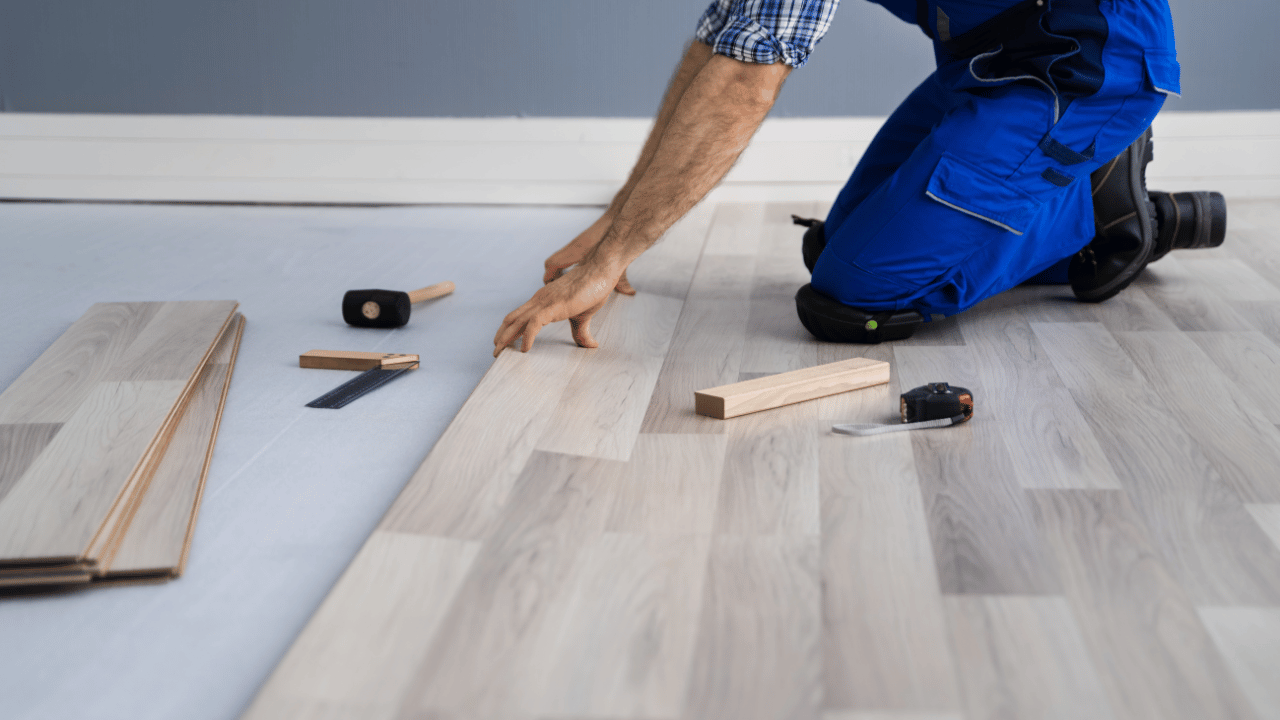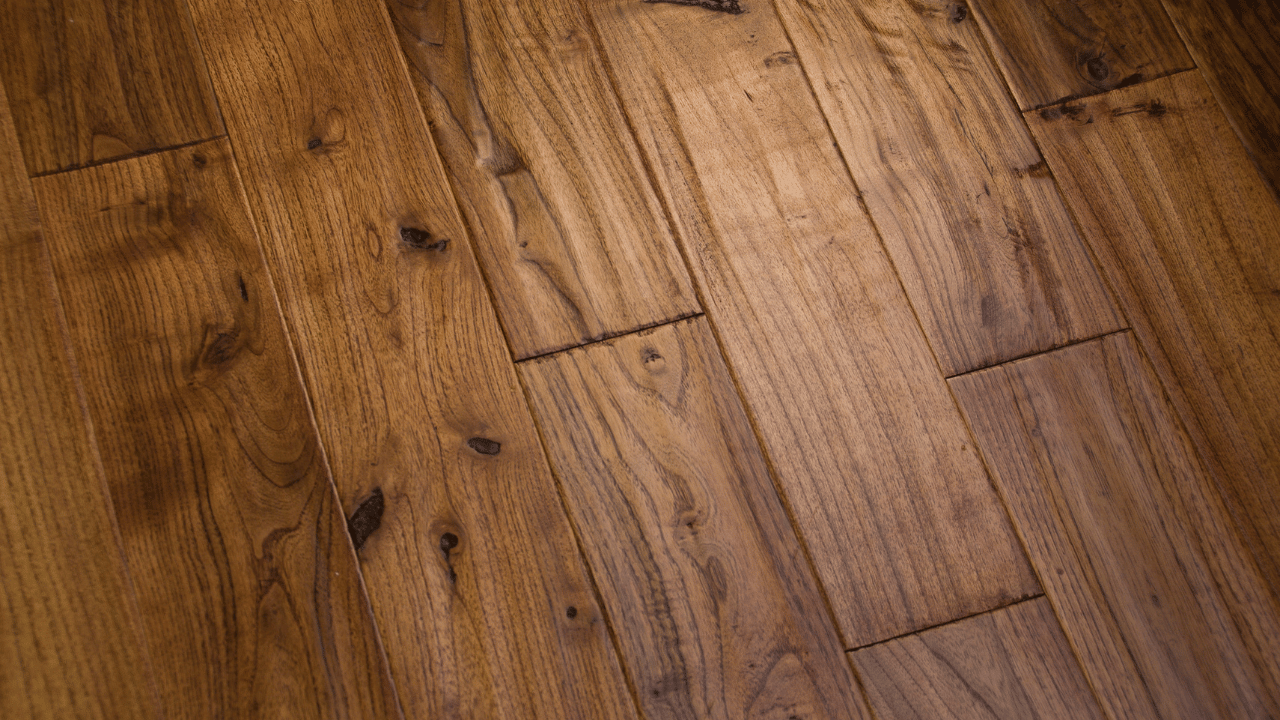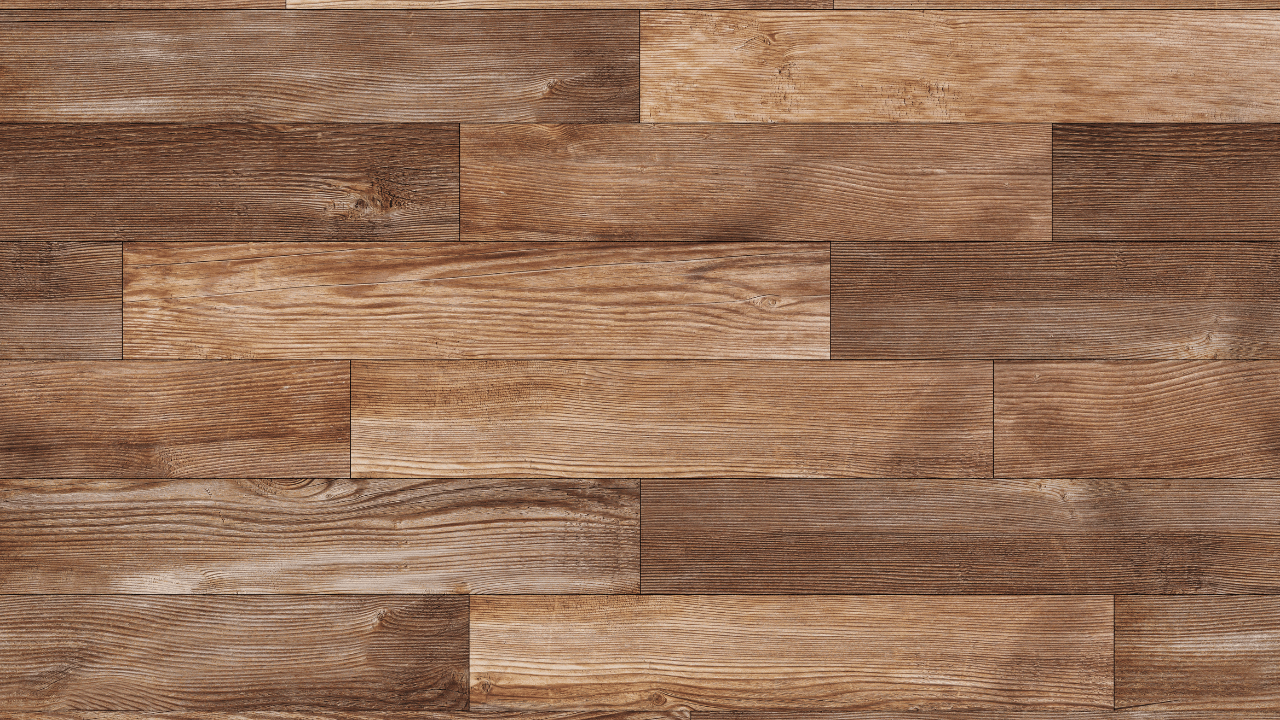Last Updated on September 7, 2023 by Pro Handyman Australia – Editorial Team
Hardwood floors come in various constructions that can be suitable for different levels of your home and diverse subfloors. These constructions have been innovatively designed to counteract the challenges posed by moisture.
The Crucial Role of Moisture: When introducing hardwood floors into your home, moisture isn’t something to overlook. Fluctuations in moisture can lead to complications like warping of the floorboards and gaps between them. By keeping the moisture levels within the recommended limits set by the manufacturer, you can safeguard the longevity and beauty of your hardwood flooring.
Selecting the Ideal Hardwood Construction and Installation Materials: It’s essential to make an informed decision when selecting the construction type of your hardwood flooring. The choice you make should align with the moisture conditions of your home to prevent potential issues down the line.
The Importance of Moisture Barriers: For those who want to take an extra step in preserving their hardwood floors, the introduction of a moisture barrier can be invaluable. This barrier acts as an additional line of defense against potential moisture damage, ensuring your floors remain pristine and long-lasting.
Key Factors in Choosing the Right Hardwood Flooring

Considerations for Hardwood Selection: Selecting hardwood flooring isn’t just about aesthetics. To make an informed decision, consider aspects like the wood type best suited to your geographical location and the volume of foot traffic the floor will endure. The goal is to match these functional needs with your desired aesthetic, ensuring the longevity and beauty of your floor.
Diverse Range of Hardwood Options: Today’s market boasts a plethora of hardwood choices, each presenting its unique set of pros and cons. While you might be drawn initially by color, delve deeper by pondering:
Understanding Solid Wood Flooring: Often, when we imagine wooden floors, we visualize classic solid wood pieces seamlessly joined together. This is the most traditional flooring choice and provides a broad spectrum of options regarding wood type, grade, thickness, and finish.
Solid Wood Flooring at ¾ Inch Thickness: This is the epitome of traditional hardwood flooring. Its prime advantage lies in its exceptional durability, with some wood floors boasting a lifespan that spans centuries. In fact, certain woods that are over a hundred years old have been reclaimed, reprocessed, and reincorporated into brand new floors. Their remarkable resilience allows for numerous rounds of sanding and refinishing. Over time, as the wood undergoes color shifts, it often results in a richer, more characterful appearance.
However, this type of flooring isn’t without its cons. Thick solid woods are highly susceptible to moisture and are prone to warping and buckling if exposed to damp climates or incorrectly installed. They should never be placed directly over concrete; instead, a wooden subfloor is imperative. For regions with a humid, subtropical climate, it’s essential to select moisture-resistant woods, such as those traditionally used in shipbuilding or those indigenous to humid areas.
Solid Wood Flooring of Varied Thickness: Opting for a thinner wood profile like 5/16, 3/8, or 1/2 inch provides greater versatility compared to the thicker counterparts, though it might not wear as well or feel as robust. This choice is somewhat more resistant to moisture, making it suitable for humid places. However, it is not recommended for installation directly over concrete, areas below grade, or places susceptible to standing water, such as restrooms.
The Benefits of Engineered Woods: Comprising a veneer positioned over a layered core—akin to plywood but topped with a hardwood layer—engineered woods are known for their stability. Their design renders them less sensitive to moisture, allowing installation below grade, atop concrete, or in regions with fluctuating humidity levels. The hard factory finish of engineered woods promises a significant lifespan, typically ranging from 30 to 60 years. A bonus is their ability to mimic the appearance of more expensive woods at a fraction of the cost.
Decoding the Grading System of Woods: It’s worth noting that not every wood or manufacturer adheres to a uniform grading system. While there are prevalent, generic terms, they might not be applicable to all wood varieties, such as Maple. Additionally, manufacturers might employ their own terminologies.
Understanding Wood Flooring Grades and Finishes

Grades of Prefinished Wood:
- Clear Grade: Representing the pinnacle of hardwood flooring grades, clear grade is characterized by its uniform color, absence of flaws or knots, and extended lengths of boards.
- Select & Better: Close behind clear grade in quality, this grade features mostly consistent color, devoid of flaws or knots, and also boasts longer board lengths.
- Country or Exclusive Grades: This grade presents a more natural wood appearance, showcasing slight color variations, a tendency for shorter board lengths, and minor imperfections such as pinholes and diminutive knots.
- Traditional, Antique, Character Grades: These planks exhibit an abundance of wood character, including color variations, pinholes, and knots, providing a floor with a rustic and natural appearance. The lengths of these boards tend to be shorter.
- Tavern or Cabin Grade: With a rustic and organic aesthetic, these planks display a multitude of wood features, including color variations. Pinholes and knots are frequently seen, and board lengths typically average 24 inches or less.
Grades of Unfinished Wood:
- Clear Grade: Much like its prefinished counterpart, this top-tier grade is marked by its uniform color, lack of blemishes or knots, and extended board lengths.
- Select & Better: Ranking second in quality, this grade showcases predominantly uniform color, free from flaws or knots, and extends in length similarly to clear grade.
- #1 Common: This grade embraces the natural character of wood, revealing variations in color, shorter average board lengths, and the presence of minor imperfections like pinholes and small knots.
- #2 Common: Boards in this grade are rich in wood character, from color variations to pinholes and knots, resulting in a floor that exudes rustic charm. These boards tend to be of shorter length.
- Shorts: Displaying a pronounced wood character with variations in color, these boards often feature pinholes and knots, enhancing the rustic appeal. Their lengths are notably shorter, averaging 16 inches or less.
Choosing Between Prefinished and On-site Finish:
Prefinished wood flooring undergoes meticulous application processes, ensuring layers of finish are applied uniformly and precisely. The benefit lies in its reliable application, which produces a harder and more durable finish. On the other hand, opting to finish on-site post-installation provides a seal more resistant to moisture. This approach leaves no room for cracks between boards, preventing potential seepage from spills. However, site finishing often comes with a heftier price tag, and its final appearance can vary slightly from that of prefinished flooring.
Selecting Hardwood Based on Room Location
When deciding on hardwood flooring for specific rooms, it’s crucial to factor in the unique characteristics of each space. For instance, rooms like bathrooms or basements present particular challenges due to their moisture levels. In such scenarios, engineered wood is often recommended, especially types like white oak or teak, renowned for their use in shipbuilding and resistance to moisture. Additionally, rooms with abundant sunlight can influence the coloration of certain woods. Some species undergo noticeable color changes upon prolonged exposure to sunlight, so it’s advisable to factor in this potential color shift when making a selection.
Understanding Durability and Hardwood Choices
Durability is a primary consideration when selecting hardwood, especially if the area sees heavy footfall or is home to children and pets. The resilience of a wood type is generally determined by two factors:
- Hardness Factor: This is gauged using the Janka Scale. A higher score on this scale signifies a harder wood, offering longevity but potentially being rougher on feet and legs. It might also be more susceptible to visible scratches. Conversely, woods in the mid-range on the Janka scale offer a balance, being warmer and gentler underfoot. Soft hardwoods, though more prone to dents, offer maximum comfort and can sometimes be more resistant to typical scratch inducers like sand or grit.
- Dimensional Stability: This determines the extent to which the wood floor might shift, expand, or contract in response to environmental fluctuations, such as moisture levels and temperature changes. It’s important to recognize that hardness doesn’t always correlate with dimensional stability, as some hard woods might have low stability and vice versa.
Addressing Sound Concerns in Multi-Story Installations
For those residing in multi-story dwellings or apartment complexes, sound can be a significant concern. Thankfully, there are solutions to mitigate sound transmission:
- Underlayment: Incorporating an underlayment can greatly reduce sound transmission.
- Subfloor Examination: Ensuring that the subfloor is level, uniform, and sturdy can make a significant difference.
- Joist Repairs: Addressing any joist issues prior to installation can enhance the overall sound quality.
- Floating the Floor: This method can further assist in soundproofing.
- Wood Type: The hardness of the wood can influence sound levels. Typically, harder woods result in louder footfalls.
Considering Radiant Heating When Choosing Hardwood
Radiant heating can affect the longevity and appearance of hardwood floors. While some wood types can seamlessly adapt to radiant heating, others might face challenges. As a general guideline, it’s recommended to steer clear of installing any hardwood floor over radiant heating systems that can surpass temperatures of 85° F.
Conclusion

Selecting the perfect hardwood flooring is more than just a design choice; it’s an investment in your living space, a decision that combines aesthetic appeal with functionality. As we’ve journeyed through this guide, it’s evident that the world of hardwood flooring is vast and varied, with options to cater to every unique home environment, from moisture-rich basements to sunlit living rooms. Understanding factors like wood hardness, dimensional stability, and room-specific considerations ensures that homeowners can make an informed choice that blends both beauty and durability. While trends may change, the timeless elegance of hardwood remains a constant. Equipped with the knowledge from this guide, any homeowner can confidently select a hardwood floor that not only elevates their home’s visual appeal but also stands the test of time. Whether you’re a seasoned homeowner or a first-time buyer, prioritizing the nuances of hardwood flooring can truly transform your living space into a warm, welcoming, and enduring sanctuary.
